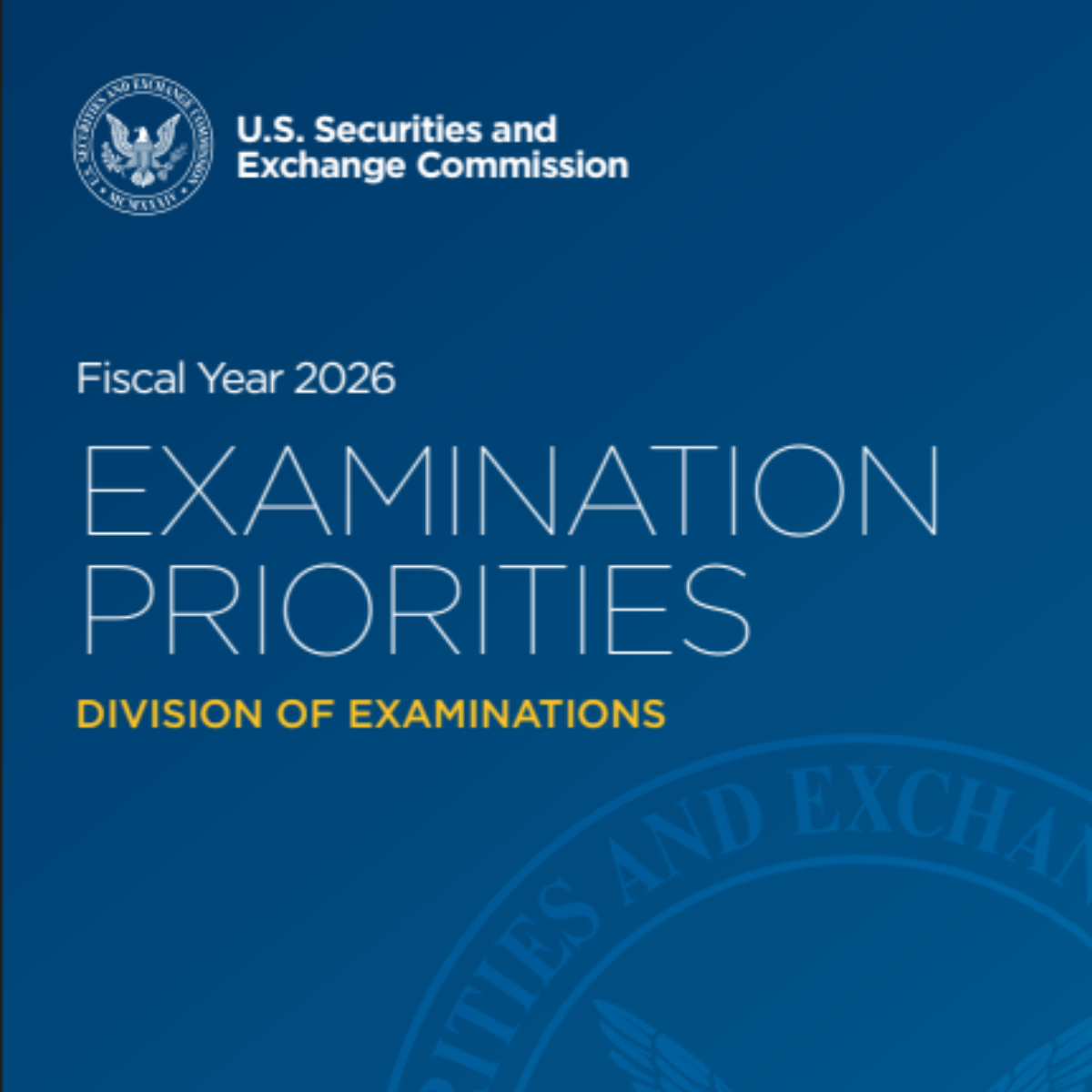Governance, Risk, and Compliance (GRC) frameworks offer an integrated approach to streamline critical compliance processes. By combining governance structures, risk management, and compliance initiatives, they help compliance teams get their houses in order—and stay prepared for whatever the future holds.
In today’s regulatory environment, financial services firms must navigate complex and evolving compliance requirements, manage and mitigate risks in changing industries, and have strong governance structures in place.
What is The GRC Framework?
Governance
Governance establishes a structure for decision-making, accountability, and alignment with business strategies. Strong governance ensures that all levels of an organization work toward a unified goal of risk-based compliance. Governance includes:
- Organizational policies, procedures, and standards
- Clearly defined roles and accountability
- Business objectives that are aligned with industry and regulatory standards
Risk
Effective risk management identifies, assesses, and mitigates potential threats that could impact an organization. These include financial, operational, legal, and cybersecurity risks. Risk management includes:
- Proactive identification and evaluation of risks
- Ongoing monitoring and mitigation strategies
- A risk-aware culture throughout the organization
Compliance
Compliance ensures adherence to regulatory standards and internal policies, helping firms avoid negative impact such as penalties and reputational harm. Compliance includes:
- Monitor for Regulatory Changes
- Implement Necessary controls and regular audits
- Ensure employees are aware of and follow policies
Best Practices for Developing a GRC Framework
A well-implemented GRC framework organizes and streamlines a firm’s approach to compliance and risk management. Here are key steps to create an effective and scalable GRC framework.
1. Establish Clear Objectives and Scope
- Define the GRC framework’s purpose and how it aligns with your firm’s goals.
- Set actionable, measurable objectives for each GRC area
- Determine the scope of your GRC initiatives and what areas they will cover, from regulatory compliance to data privacy risk
2. Get Leadership Buy-in
Senior leadership buy-in is critical to any compliance initiative, particularly development of a GRC framework
- Leadership buy-in ensures adequate resources
- Appoint a dedicated leader or team to oversee the development and execution of the framework
3. Build a Cross-functional GRC Team
Involve departments like finance, IT, legal, and compliance to eliminate silos and foster collaboration.
- Form a team that represents all aspects of governance, risk, and compliance
- Align departmental goals with the GRC framework to ensure a cohesive strategy.
4. Define Policies, Procedures, and Standards
Develop policies and procedures to guide decision-making and align with regulatory standards.
- Develop governance policies thatoutline decision-making workflows, roles, and accountability.
- Create a standardized risk assessment and monitoring process.
- Develop clear procedures and standards for compliance, making them accessible to all employees.
5. Implement a Comprehensive Risk Management Process
Formalize a risk management plan to document and monitor risks.
- Use a risk matrix or risk register to track and categorize potential risks.
- Regularly assess risks to prioritize resource allocation.
- Develop a mitigation strategy that includes response plans for high-priority risks and contingency plans for unanticipated issues.
6. Establish a Robust Compliance Program
Ensure that your compliance program is embedded in daily operations and can easily adjust to regulatory change.
- Identify regulatory obligations and map them to compliance policies.
- Integrate compliance into daily workflows to reduce manual processes.
- Educate employees on regulations and internal policies to build a culture of compliance.
7. Leverage Technology
Invest in technology that enhances GRC processes through centralization, automation, and scalability.
- Use a platform, like Skematic, to centralize data, manage documents, and automate workflows.
- Choose software that grows with your organization and integrates seamlessly with other systems.
8. Create Reporting and Accountability Structures
Establish clear reporting protocols to keep stakeholders informed.
- Assign accountability and reporting lines for each GRC area and outline reporting expectations.
- Use KPIs (Key Performance Indicators) and dashboards to monitor activities in real-time and make informed decisions.
9. Regularly Monitor, Audit, and Improve
Frequent evaluations ensure the GRC framework remains effective and responsive to new challenges.
- Conduct audits to identify improvement areas and determine effectiveness.
- Update policies and controls to reflect changes in the business or regulatory environment.
- Treat GRC as a dynamic process that evolves with the organization.
10. Foster a Culture of Compliance and Risk Awareness
Promote a workplace culture that values compliance and proactive risk management.
- Encourage ethical decision-making and transparency.
- Empower employees by providing channels to report issues and participate in risk management.
- Celebrate governance achievements to reinforce the importance of GRC.
Conclusion
Building a GRC framework enables a proactive, resilient approach to regulatory and compliance demands. Platforms like Skematic can streamline the implementation of your GRC framework, enabling you to achieve greater alignment, efficiency, and regulatory readiness.
Learn More About Skematic’s GRC Workflow SolutionLearn More



